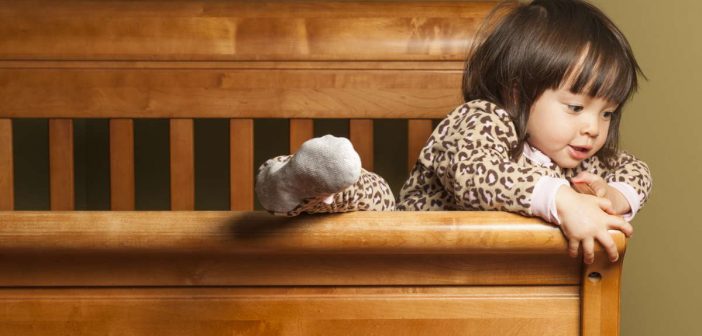A child is filled with wonder and curiosity, and will inadvertently tread into dangerous grounds. He/she is helpless without your protection. There are innumerable safety hazards to a child inside and outside the home. To be able to protect them, we ought to know these hazards. Here are a few precautions you can take to protect your child:
Toys are indispensable for children. You can follow the points below to ensure toys don’t pose any risk to your child:
- Buy toys that are age-appropriate and sturdy, and do not have any loose parts or sharp edges.
- Avoid toys with long cords as they can cause strangulation.
- Use a toy box without a lid so your child doesn’t lock himself/herself inside and suffocate.
- Use a ride-on toy in areas away from stairs and roads.
- Buy toys with volume control as high volume can harm a baby’s hearing.
- Make sure your child cannot open the battery compartment of a toy.
- Toys with magnets should be checked frequently in case a magnet comes off. It is a choking hazard.
- Keep all toys, especially soft toys, away from fire and heat sources.
child’s safety- Let’s accept it, we can’t keep our children away from the internet. It is a source of infinite knowledge but unfortunately it also freely provides information that we’d rather our child did not even glimpse. The following are a few pointers to control what your child has access to:
- Know your child’s virtual playground. Know it well just like you know your child’s physical playground and the dangers it may pose. The knowledge will empower you to anticipate and protect your child from the possible unpleasantness and dangers online.
- Limit virtual time. Set rules on how long your child can be online and shortlist the sites they are allowed to visit. Any special time has to be approved by you.
- Equip your child. Inform your child of the possible dangers. Tell them not to give away personal information, not to respond to disturbing messages, not to fix meetings with people they meet online, and not to open unfamiliar emails.
- Position it right. Your computer should be located in a place where you can actually monitor your child’s online activities.
- Parental control. Do your homework. Get parental control from your Internet service provider that controls your child’s access to sites.
- Filter it. Internet Explorer has Content Advisor (under Tools/Internet Options/Content), which filters out language, nudity, sex, and violence on a 0 to 4 scale. Netscape and Safari (for Mac users) have parental controls like filtering as well. Google will block sites with explicit sexual material (Preferences/SafeSearch Filtering).
- Install software. There are several tools available to assist you in blocking explicit material and inappropriate websites. Tools such as CyberPatrol 6.2 can be customized according to your specific needs.
Enlighten your older child about the dangers around. Teach them danger signs and their meaning. For younger children, keep the following items out of reach:
- Ropes and blind cord
- Chemicals, cosmetics, and medicines
- Tools such as knives and blades
- Water sources and bodies like swimming pools, hot tubs, and ponds
- Small objects like coins, jewelry, buttons, and candy
- Plastic bags
- Electrical wires and sockets
Safety is all about anticipation and preparation. Taking precautions is not equivalent to being paranoid. Your child will inevitably fall and get bruises or maybe even stitches. Attempting to control that would entail limiting your child’s experience and activity, which is self-defeating in the long run. So be cautious and let your children enjoy their childhood under your loving and watchful eye.
Watch this space for more safety measures.
